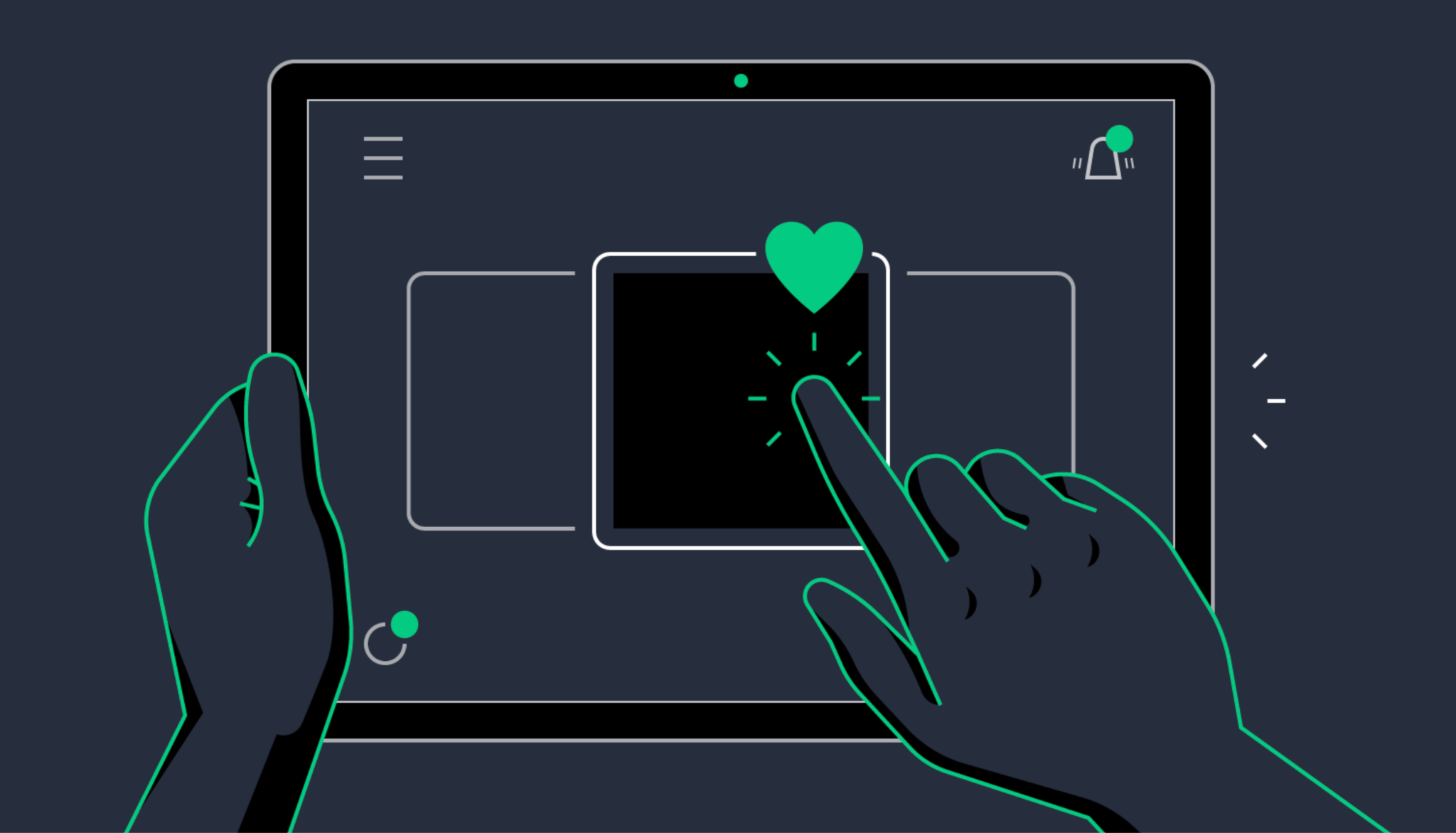
In eCommerce design, it’s the little details that often make the biggest difference. Microinteractions, those small, subtle animations or feedback cues, play a major role in creating a smooth and intuitive shopping journey. Whether it’s a button changing color when hovered over, a cart icon shaking after an item is added, or a progress bar filling during checkout, these micro moments guide users, reinforce actions, and keep shoppers engaged.

Microinteractions are brief, functional animations or design responses that occur after a user performs an action. They provide feedback, show system status, or help users navigate intuitively. Think of them as the digital equivalent of a reassuring nod, small, yet powerful in improving user experience.
In eCommerce, microinteractions appear everywhere: when customers favorite an item, scroll through a product gallery, complete a form, or add products to their cart. The goal is to make every step feel responsive, enjoyable, and effortless.
Microinteractions are tiny moments that communicate purpose and build trust between your store and shoppers. When designed well they reduce uncertainty, confirm actions, and create small emotional rewards that keep people engaged. Below are the main reasons they matter, each explained in three sentences.

Start with a clear, practical approach so microinteractions add value rather than noise. This step-by-step guide walks you from discovery to measurement, with each step focused on concrete actions you can take. Follow these steps to add purposeful, measurable microinteractions to your store.
Map every point where users interact, product cards, add-to-cart, filters, forms, and checkout steps, and note where confusion or hesitation occurs. Capture analytics and session recordings to identify where microinteractions could reduce friction or provide feedback. The audit gives you a prioritized list of real opportunities rather than hypothetical features.
Rank opportunities by potential business impact (checkout, cart, and sign-up flows usually top the list) and feasibility (time, budget, technical constraints). Focus first on moments that directly affect conversions or critical UX failures. This ensures early wins and demonstrates measurable value.
For each prioritized touchpoint, define the goal (confirm, guide, delight) and sketch a microinteraction that serves that goal in three to five frames or states. Keep the motion subtle, short (200–400ms), and consistent with your brand’s tone. Create a style doc that lists timing, easing, and allowed patterns so interactions remain cohesive.
Build lightweight prototypes using tools like Figma, Lottie, or simple CSS/JS snippets, and test them with real users or teammates. Observe whether users notice the feedback, understand it, and change behavior as expected. Early validation prevents overbuilding and surfaces accessibility or comprehension issues.
Choose frameworks and formats that match your needs, Lottie (vector JSON) for complex scalable animations, CSS transitions for simple hover/click feedback, or GSAP/Framer Motion for advanced timing control. Optimize assets (compress, lazy-load, or use vector formats) to avoid slowing page speed. Always test animations on multiple devices and connection speeds to ensure smoothness.
Track metrics tied to each microinteraction’s goal, click rates, form completion, checkout abandonment, and task time, and run A/B tests where possible. Use findings to refine timing, placement, or when an interaction should appear. Document successful patterns in a component library so future additions are consistent and faster to build.
Follow these steps to add microinteractions that guide shoppers deliberately, perform reliably, and deliver measurable business value.
Microinteractions may be small, but their impact is profound. They turn static pages into living experiences that respond, react, and reassure. In a world where every online store competes for attention, the subtle delight of a bouncing icon or animated confirmation can be the moment that keeps a shopper exploring, or coming back.
By using microinteractions thoughtfully, you’re not just improving usability, you’re crafting a brand experience that feels alive, engaging, and uniquely yours.


In eCommerce and SaaS, where customers often hesitate due to too many similar options, decoy pricing helps simplify decisions. It reduces uncertainty, increases confidence, and encourages users to choose what feels like the “smart” option. This article will walk you through everything you need to know about decoy pricing, from its psychological foundation to real-world applications and best practices.
When written well, helper text acts like a silent assistant that anticipates questions before users ask them. It reassures users, reduces mistakes, and makes forms feel easier and faster to complete. To achieve this impact, helper text must be intentional, user-focused, and strategically designed.
Reducing cognitive load helps customers focus on buying rather than thinking, leading to better user experience and higher conversion rates. Below are in-depth strategies to reduce cognitive load in online shopping, with clear explanations and practical actions.